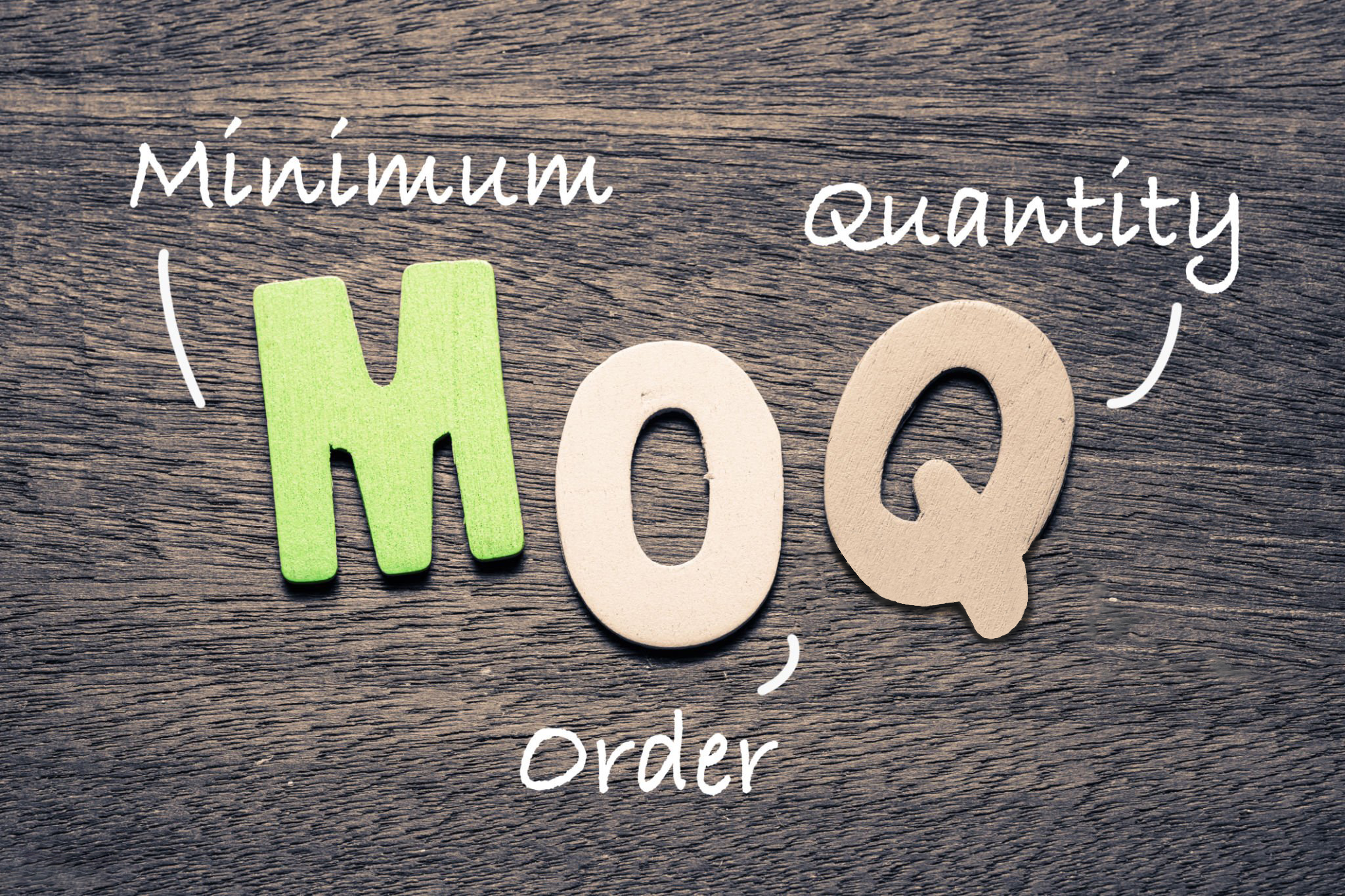Merino Wool
Merino Wool is a high quality fine soft wool from Merino sheep. Produced in Argentina by the Merino sheep, this wool is highly prized in the textile and fashion industries for its soft and delicate fibers, high elasticity and excellent warmth retention properties. Merino wool is commonly used for high-end sweaters, cardigans and other fine textiles.
Common Wool
Common Wool is wool from a variety of common sheep breeds including, but not limited to, Australian, New Zealand and other breeds. Common wool has a wide variety of textures and characteristics, and has some elasticity and warmth properties. It is widely used in the textile and garment manufacturing industries and is one of the main raw materials for most wool products.
Differences in Wool Sources and Rearing Methods
Merino wool is the wool from Merino sheep from Australia. This type of wool is known for its fineness and high quality and is often used to make premium wool products. These sheep are usually raised in specific highland regions of Australia, where climatic and environmental conditions are critical to producing high quality wool. The geographical and climatic uniqueness of these regions provides a suitable growing environment for Merino sheep, which are reared with a focus on high quality feeds to ensure they produce high quality wool.
Merino sheep farming in Australia is strictly regulated, including strict monitoring of their living conditions, feed and medical care. Farmers focus on maintaining the health and well-being of their flocks, which is not only vital to the quality of the wool, but also in line with modern consumer concerns about animal welfare. As a result, this specific rearing practice and provenance has earned Merino wool its superior reputation and status.
In contrast, common wool is sourced and reared in a much more diverse way. There are farms around the globe where common sheep are raised for wool production. The climatic conditions in these regions vary, from cold alpine regions to mild plains where common sheep may be raised. As a result, the quality and characteristics of common wool will vary depending on the region and the method of rearing.
Common wool may be raised by grazing on natural grasslands or fed on farms. Farmers usually provide appropriate feed to ensure the health and growth of their sheep. However, due to differences in rearing environments and management conditions, the quality and fiber characteristics of common wool may be relatively inconsistent and require more sorting and processing to achieve relatively consistent quality standards.
Different Wool Fiber Characteristics
Merino wool is a high quality wool with many unique fiber characteristics. Firstly, its fibers are relatively fine in diameter, usually between 18.5 and 24.5 microns, which makes Merino wool very soft and non-irritating to the skin. Secondly, its fibers have excellent elasticity, which makes Merino wool fabrics very easy to recover and not easy to deform. In addition, Merino wool’s fibers have a smooth surface that is not prone to pilling, keeping garments looking fresh for a long time. Merino wool’s fiber structure also gives it excellent thermal properties, which effectively maintains body temperature, keeping people warm and comfortable in cold weather. In addition, Merino wool’s fibers have excellent moisture absorption and wicking properties, which help regulate humidity and keep the body feeling dry and comfortable. Overall, Merino wool’s fiber properties make it an ideal choice for high-end fabrics that offer comfort, warmth and durability.
Common wool has relatively diverse fiber properties, depending on the breed of sheep it comes from and the conditions in which it is raised. Generally speaking, the fiber diameter of normal wool is a bit thicker than Merino wool, usually between 25 and 40 microns, which makes the texture of normal wool a bit rougher. Its elasticity and softness are not as good as Merino wool, and it is prone to pilling and deformation. However, ordinary wool still has excellent moisture absorption and warmth, providing a certain degree of insulation for the wearer, and has a high degree of durability to withstand the wear and tear of daily wear and washing. Although ordinary wool is slightly less soft and textured than merino wool, its wide range of applications and more economical price make it the mainstream choice for the mass market, and it is widely used in a variety of wool products and clothing.
Different Wool Textures and Feels
Merino wool is known for its elegant texture and soft feel. Its thin, soft fibers give the fabric a smooth, delicate texture and a pleasant feel. Merino wool has a very fine, silky texture with a certain sheen, which gives the fabric an elegant, refined look. This fine texture makes Merino wool clothing comfortable to wear, not easy to produce itchy feeling, suitable for direct contact with the skin clothing, especially for underwear, sweaters and other intimate apparel production. In addition, Merino wool’s texture makes it ideal for thin, lightweight and warm clothing for the spring and fall seasons. Because of its elegant texture and soft feel, Merino wool is often used in high fashion and fine textiles, providing a classy and elegant wearing experience.
Compared to Merino wool, ordinary wool has a slightly rougher texture and a slightly rougher feel. The fibers of ordinary wool are thicker, so fabrics often have a rougher texture than Merino wool, which is not as soft. However, as a result, ordinary wool has better warmth and durability, making it suitable for heavy coats, scarves and other winter garments. Its relatively coarse texture makes it less suitable for direct contact with the skin, and it can be slightly itchy when worn, so it is often preferred to be lined or used as an outer layer in clothing. Despite its relatively coarse texture, ordinary wool’s good warmth and durability make it useful in outdoor clothing and in clothing that requires durability.




 English
English Deutsch
Deutsch Français
Français Italiano
Italiano Español
Español Русский
Русский Polski
Polski Nederlands
Nederlands Svenska
Svenska

